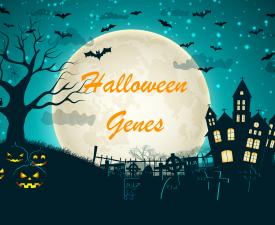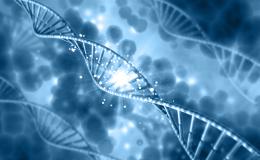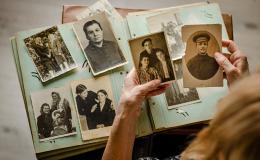What are Halloween Genes?
October 30, 2020
No one ever said geneticists couldn’t have a sense of humor.
Back in 1984, Christiane Nüsslein-Volhard and her collaborator, Gerd Jürgens, published a study identifying and naming a number of embryonic lethal Drosophila mutants from a large-scale mutation screen that caused a variety of deformities.

Given the tradition of Drosophila researchers naming genes after the physical appearance of mutants, Jürgens, in particular, chose fitting, though rather spooky, names. The mutant described as having “no differentiation of [the] cuticle and head skeleton” was named disembodied, another with “only [the] head skeleton visible” was coined haunted, and a third with “mouth parts and denticles poorly differentiated” was dubbed mummy. Jürgens admitted he and his team gave little thought to naming the genes, as there was a rather large number of mutants to characterize in their mutation screen. Christiane Nüsslein-Volhard and two other Drosophila geneticists were awarded the Nobel Prize in 1995 for their contributions in identifying embryonic Drosophila mutants.1
A few years after Nüsslein-Volhard and Jürgens published the results of their mutation screen, another researcher, Michael O’Connor, happened upon disembodied while researching cell movement in Drosophila embryos. O’Connor’s team, led by insect biochemist Lawrence Gilbert, discovered that an eerily named set of genes, including spook, phantom, shadow, disembodied and shade, were actually cytochrome P450 enzymes responsible for synthesizing ecdysone, a steroid hormone involved in insect molting.2 Experimental observations established that a mutation in any one of the genes would cause Drosophila embryos to die before exoskeleton formation.2 It was O’Connor that coined the term “Halloween genes” to describe the group of genes,1 and the catchy moniker stuck, drawing perhaps a bit more attention to a rather obscure corner of science.
Leave it to a few imaginative scientists to make Drosophila exoskeleton formation a little more interesting.
Kailos Genetics is an industry leader in comprehensive genetic testing solutions. Click here to learn more about our genetic screenings or contact us with your questions.




